It’s a well-known fact that Jupiter plays a vital role in the dynamics of the Solar System. As the largest planet beyond the “Frost Line,” the boundary where volatiles (like water) freeze, Jupiter protects the planets of the inner Solar…
Category: 7. Science
-
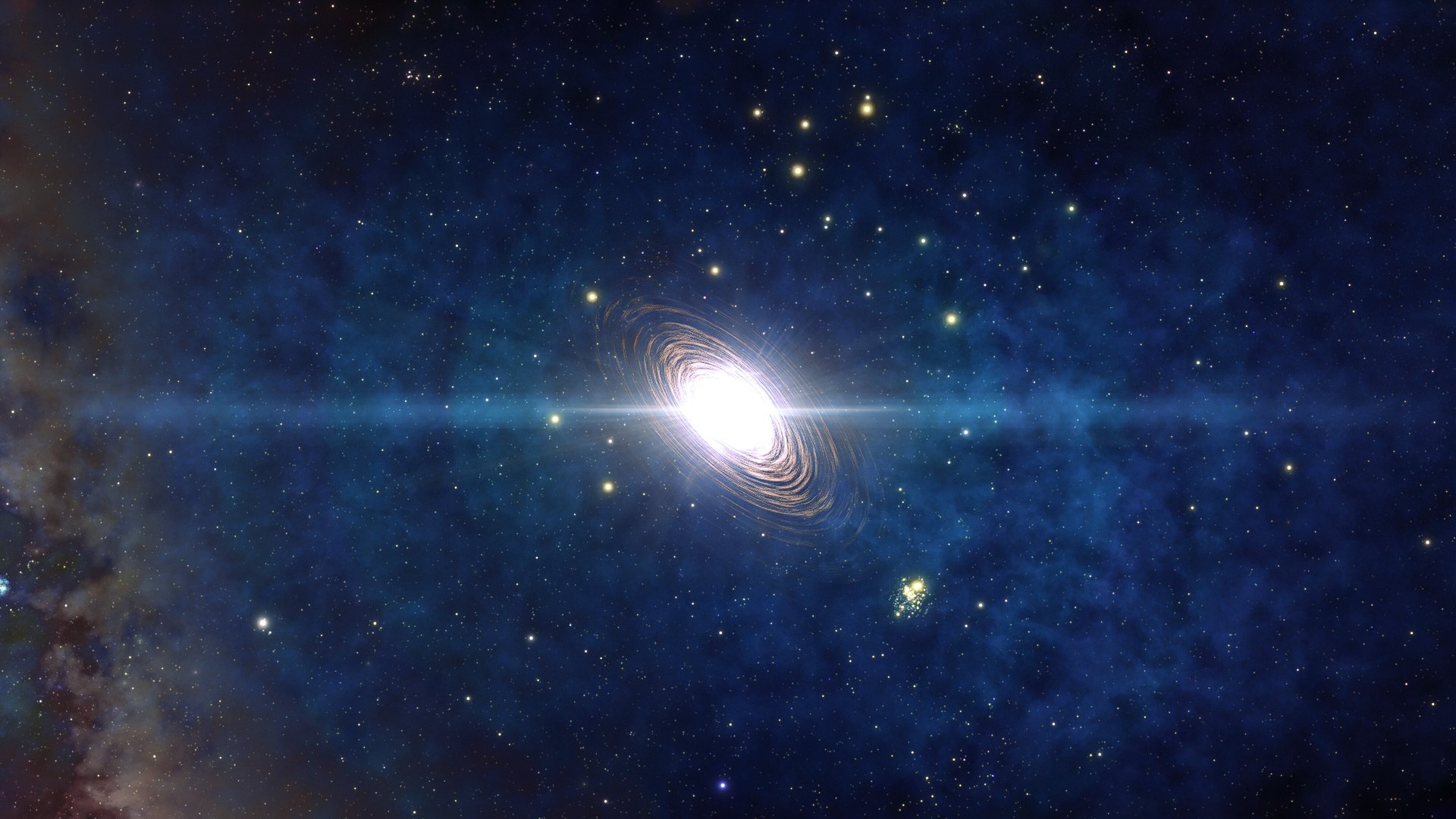
New Findings Say the First Stars in the Universe Were Born in Pairs
We are truly lucky to live in an age where modern instruments – like the James Webb Space Telescope (JWST) – exist and are pulling back the veil on the period known as the Cosmic Dark Ages (aka. the Epoch of Reionization). Thanks to its…
Continue Reading
-
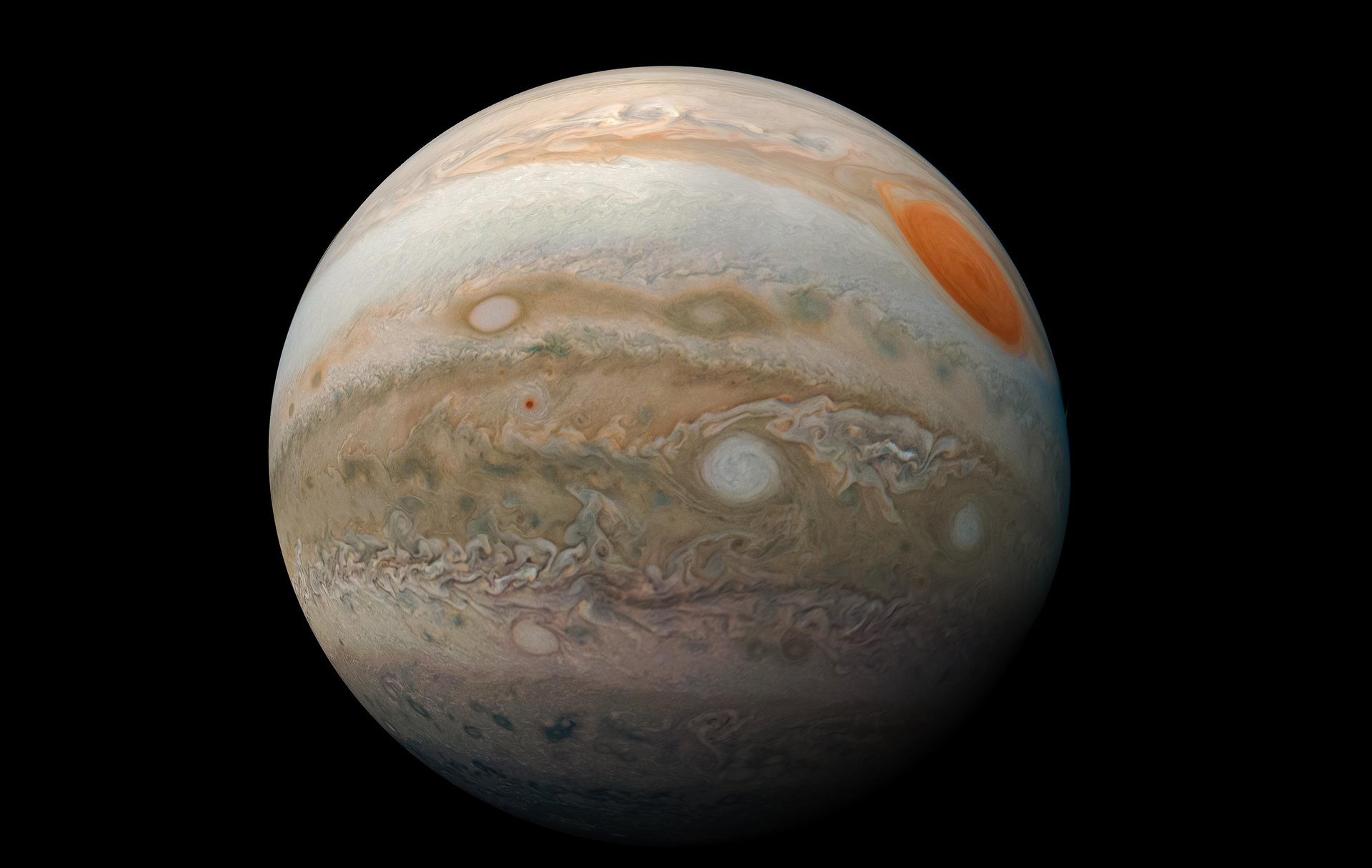
Scientists Uncover Evidence that Jupiter Formed Where Earth is Today
It’s a well-known fact that Jupiter plays a vital role in the dynamics of the Solar System. As the largest planet beyond the “Frost Line,” the boundary where volatiles (like water) freeze, Jupiter protects the planets of the inner Solar…
Continue Reading
-
Just a moment…
Just a moment… This request seems a bit unusual, so we need to confirm that you’re human. Please press and hold the button until it turns completely green. Thank you for your cooperation!
Continue Reading
-

Black hole collisions explained by new simulations of OJ 287 system
Black hole collisions explained by new simulations of OJ 287 system
by Clarence Oxford
Los Angeles CA (SPX) Oct 30, 2025
Researchers at the Canadian Institute for Theoretical Astrophysics (CITA) and their collaborators have used…
Continue Reading
-

Scientists Reveal New Insights into Mosquito Detection
It’s bound to happen at a summer picnic, a peaceful walk in the woods or simply sitting in your backyard… a mosquito targets your blood for its next meal. You’ve been bitten.
But how do mosquitoes find you?
Among several methods used to…
Continue Reading
-
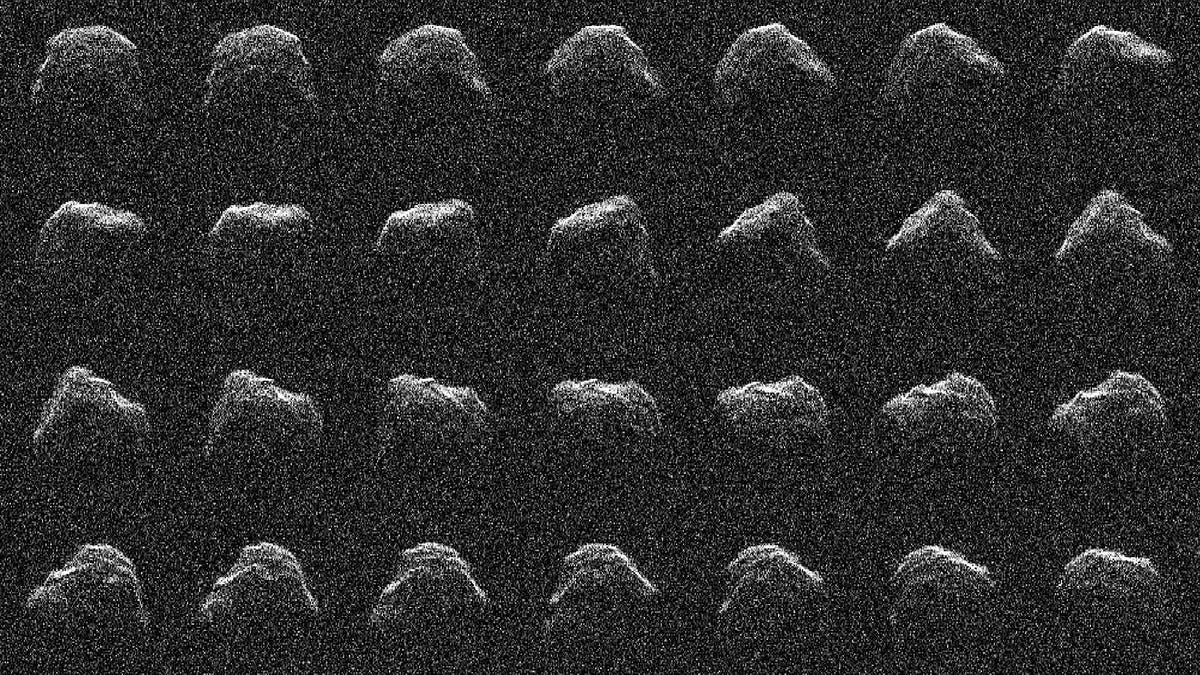
A Q & A on 3I/ATLAS at Perihelion | by Avi Loeb | Oct, 2025
Press enter or click to view image in full sizeA series of images captured on Aug. 22, 2021 by Goldstone’s 70-meter radio antenna, showing asteroid 2016 AJ193 rotating. The 1.3-kilometers wide object was the 1,001st near-Earth asteroid to be… Continue Reading
-

New Species of Sauropod Dinosaur Identified in Museum Drawer
A fossil braincase and partial skull roof from Carnegie Museum of Natural History has been reassessed and reclassified, giving rise to a new genus and species of dicraeosaurid sauropod dinosaur: Athenar bermani.
Holotypic braincase of Athenar…
Continue Reading
-
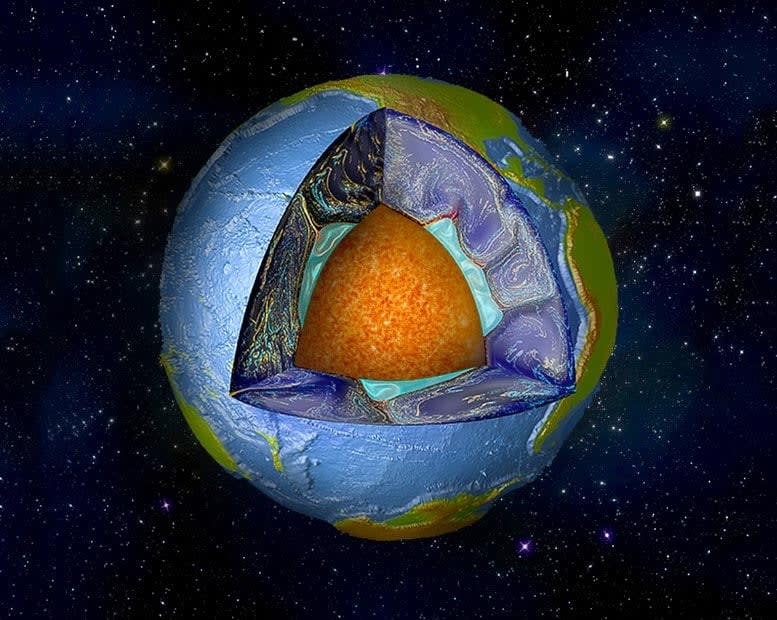
Ancient tectonic shifts cooled Earth and paved the way for complex life
For decades, geologists labeled a billion-year stretch of Earth’s history—from 1.8 to 0.8 billion years ago—as the “Boring Billion.” They assumed not much occurred during the time: mountain building slowed down, oxygen levels were low,…
Continue Reading
-
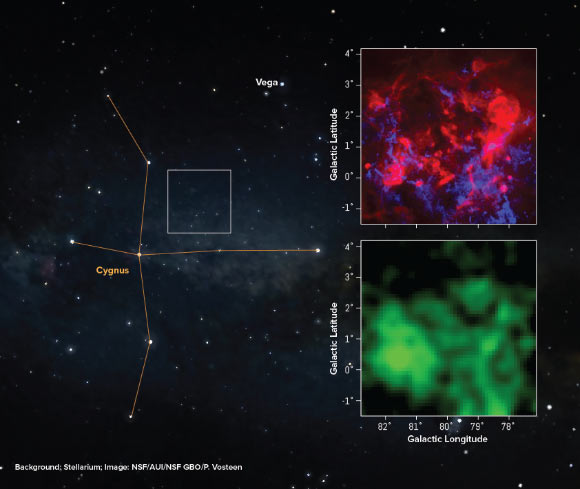
Green Bank Telescope Maps Cool ‘Dark’ Gas in Cygnus X
Astronomers using the Green Bank Telescope (GBT) have created the large-scale maps of carbon monoxide (CO)-dark molecular gas for the star-forming complex Cygnus X.
These images show the location of CO-dark molecular gas in Cygnus X. Image…
Continue Reading